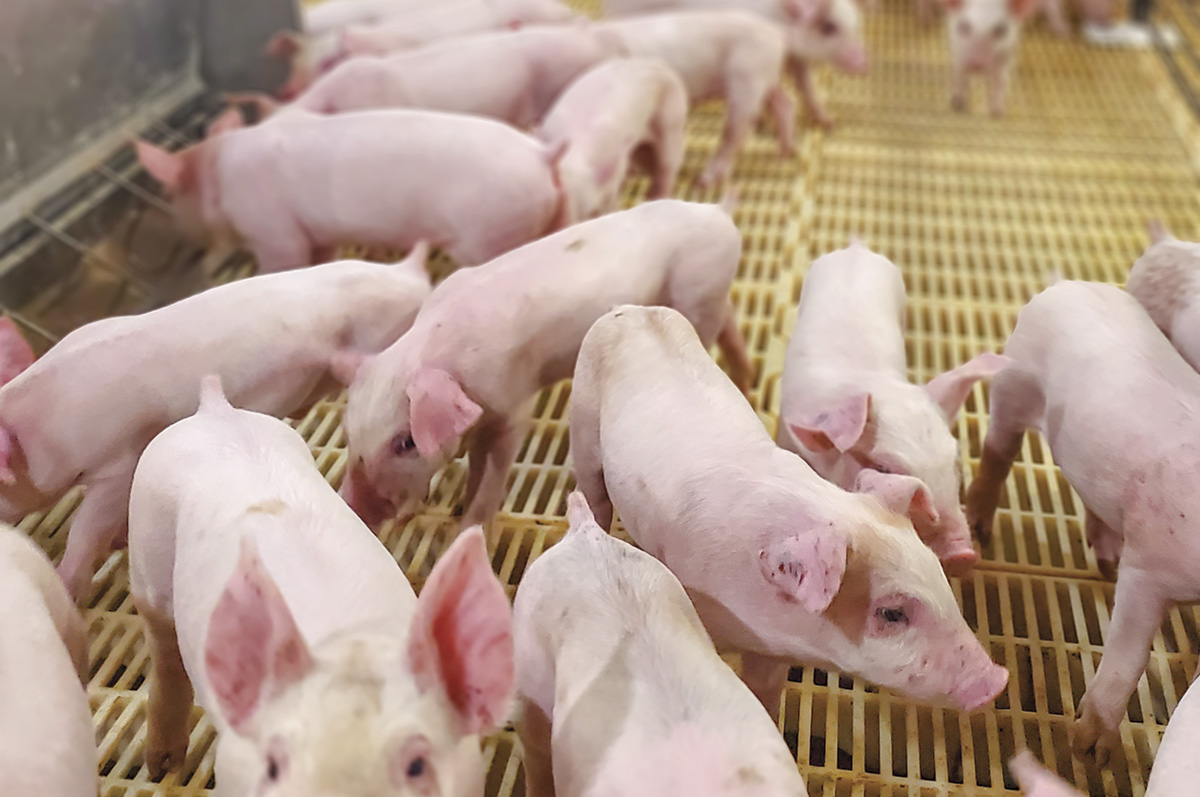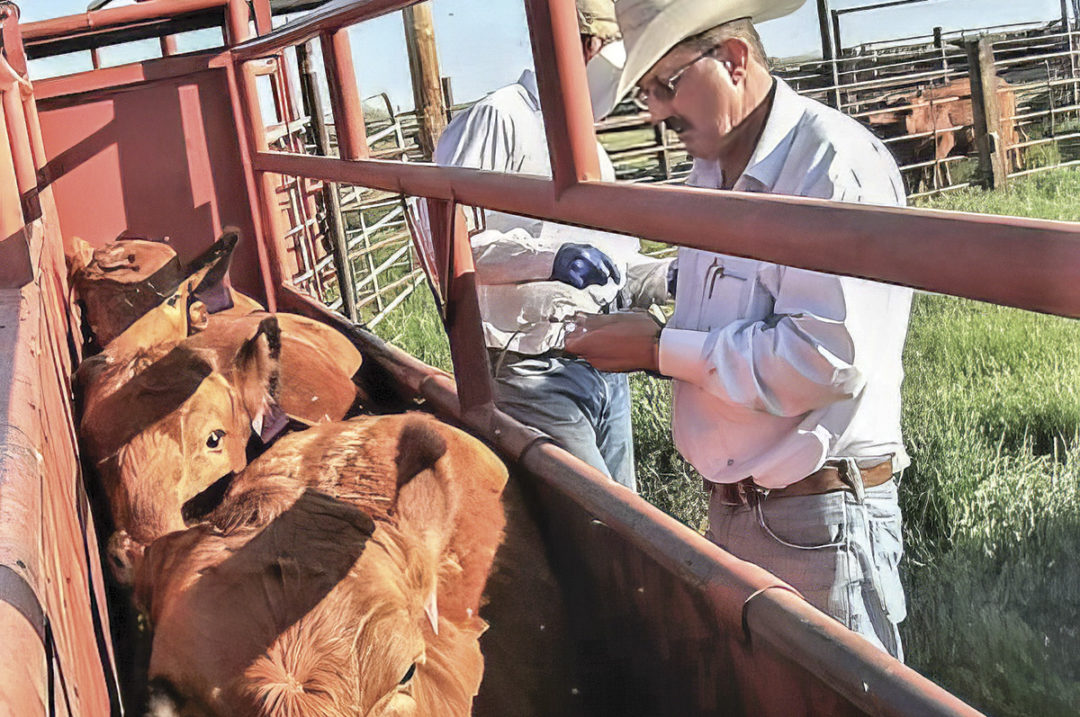Messenger RNA (mRNA) vaccines’ use in meat animals and consumer safety has been central to recent discussions. While mRNA vaccines are not currently approved for or used in meat animals, the debate is still going strong. Those who oppose the use of mRNA vaccines fear that consuming meat and milk from mRNA-vaccinated animals could negatively impact our health. Proponents say mRNA vaccines promise to control and eradicate diseases threatening animal health and producer livelihoods.
To understand how mRNA vaccines differ from traditional vaccines, we must first understand how vaccines are made and how immune systems work to prevent illness.
Vaccines help prevent illness
Vaccines train the body, human or animal, to recognize and fight harmful viruses or bacteria. By introducing a non-virulent pathogen (non-disease-causing "bug") or part of a pathogen, vaccines “show” the immune system a “picture” of the specific disease. The immune system then mounts an immune response, manufacturing specific cells to either destroy the invader or block the invader from accessing the cells within the body it needs to survive.
Training the immune system
Ideally, the injection of a vaccine and training of the immune system enables the body to respond faster and more efficiently, recognizing the invader as harmful and knowing how to stop it when the body is next exposed to that particular or very similar disease.
In response to a vaccine, the immune system makes memory cells and antibodies circulating throughout the body ready to identify and rapidly destroy the foreign cells to prevent disease.
Traditional vaccines
All vaccines train the immune system to fight a specific disease – but each goes about it differently.
Vaccines use parts of the pathogen, an inactive pathogen (killed) or a weakened pathogen (live attenuated) for this recognition training.
Live-attenuated vaccines use a weakened form of the entire virus or bacteria. These vaccines create a strong and typically lasting immune response because the immune system readily recognizes the accurate picture of the disease. In healthy animals, these vaccines usually don’t cause sickness but can cause problems in animals with compromised immune systems.
Inactivated or killed vaccines contain a dead virus or bacteria. These vaccines can’t cause sickness, but the immune system doesn’t respond as strongly as it does to live attenuated vaccines. Because of the lesser immune response, a series of vaccinations is typically recommended.

Some diseases, including porcine reproductive and respiratory syndrome, hoof-and-mouth disease, H5N1 influenza and the African swine fever virus, remain a threat because no current vaccine has been effective. Photo by Denice Rackley.
There are also subunit or recombinant vaccines that contain one part of a pathogen, but scientists must find the part of the pathogen that leads to the most effective immune response.
Producing these types of vaccines is often inexpensive. However, according to Dr. David Verhoeven, assistant professor of vet microbiology and preventative medicine at Iowa State University, each has drawbacks. “All these vaccines require specific cell cultures to grow the pathogen in a lab, which is time-consuming,” he says. “These weakened pathogens have the remote possibility of reverting back to their pathogenic form or combining with other pathogens to become a new vaccine-resistant pathogen. The killed and subunit vaccines often don’t produce a strong enough immune response, limiting vaccine effectiveness with any mutated pathogenic forms. Also, these vaccines can take three to five or more years from development to being licensed and available on the market, rendering them useless to contain a previously unseen outbreak.”
While traditionally manufactured vaccines have worked well for most animal pathogens, there are some diseases, for example, porcine reproductive and respiratory syndrome, hoof-and-mouth disease, H5N1 influenza and the African swine fever virus – that remain a threat because no vaccine has been effective.
This is where mRNA vaccines could fill a void and prove especially useful.
Recent technological advances have enabled us to quickly isolate the specific genetic sequence of disease-causing pathogens. These unique protein-coding sequences are modified and used in mRNA vaccines. The modifications are made so the body doesn’t immediately destroy them but allows them to stick around long enough for the immune systems to respond strongly.
With mRNA vaccines, we can move forward quickly compared to traditional vaccine development. mRNA vaccines give us an effective arsenal to combat cattle health challenges we don’t yet have an answer to.
In Part 2 of this article, we will learn more about mRNA vaccines, how they differ from typical vaccines, objections to their use and safety measures that must be passed before mRNA vaccines are used in meat animals.








